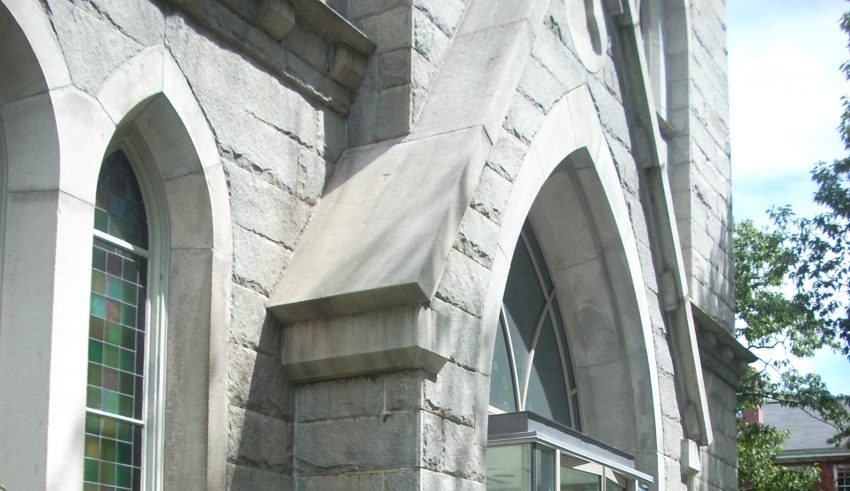
Organizational Visions
What about the role of premodern vision on a smaller plain—in a group or organization? I would propose that the same challenge exists. The vision must remain viable. Organizations are often in crisis when they achieve some success and have realized a dream. What do we do now that we have completed this five year plan? We have obtained this grant and have initiated our new programs, but nothing has really changed and we are still hustling for more funds. It is critical that a new set of goals be established before the old ones are realized; it is equally as important, however, that achievement of the old goals be honored and celebrated. An organization that simply moves from one five year plan to a second five year plan is just as vulnerable to exhaustion and disillusionment as an organization that never realizes its dreams (because they have been set too high). We must appreciate the achievement of current goals and must linger for a moment to honor the old dream and vision before moving forward to a new sense of the future.
At times, the old visionary leader must step aside for the new vision—given that he or she has finished the task and awaits a period of rest and reflection back on what has been achieved. At other times, the old visionary leader becomes the new visionary leader and finds renewed energy and commitment while collaborating with others in the formulation of the new vision. As in the case of the old, wise leader and the warrior who has spent many years battling an ancient foe, the visionary leader and his or her followers must decide when “enough-is-enough” and when the mantle of leadership must be passed on to the next generation. This is perhaps the most important decision that a premodern leader can make – whether wise, courageous or visionary. When do I move on and how do I help the next generation succeed? In many instances, this “moving on” will center on the shift to a modern or even postmodern style of leadership.
Gods, Heroes and Visions of the Past
I conclude by proposing that it is not uncommon for us to still live in premodern organizations. At the very least, we are living in the back of our minds and hearts in a world that may no longer exist—if it ever did. This is a world filled with men and women of vision (as well as courage and wisdom). We don’t differ in this regard from men and women who lived at much earlier times. The Greeks of antiquity, for instance, believed that their myths were the “realities” of a previous time in their history—when Gods acted upon and in the world and when exceptional men and women (called “heroes”) lived in the world. Then one day, according to many Greek writers (such as Homer and Sophocles), this Golden Age came to an end. The Greeks were left, as ordinary men and women, to live ordinary lives and reflect back through myths and ceremonies on this previous world of Gods and Heroes. It is important—perhaps essential—that we recognize the existence of this same premodern perspective in 21st Century life. We must acknowledge that we, like the Greeks before us, yearn for a certain type of premodern leadership. We find ourselves disappointed in our leaders. They are, after all, only human. They are neither Gods nor Heroes. At other times we are profoundly thankful for and appreciative of these leaders—and, in particular, we are appreciate of the moments when these leaders are truly heroic as they face (with wisdom, courage and vision) the challenging world of 21st Century complexity, unpredictability and turbulence.
Download Article

















